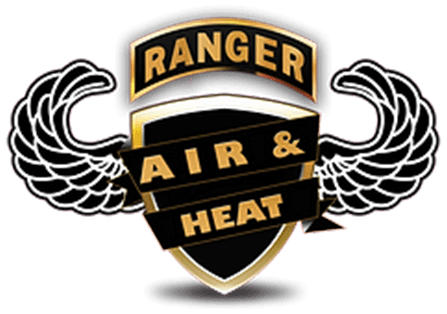
Let us help you with choosing the right high efficiency AC System. Typically, air conditioning systems in the premium category are defined as having energy efficiency ratings that are 16 SEER or higher. Most in this category also have an important feature called “capacity modulation.”
Modulating air conditioning systems provide lower energy consumption, improved humidity control, better air quality and a more comfortable environment throughout the whole home, during all seasons. However, all modulating systems are not exactly the same.
They typically fall into two broad categories – those having two “steps” or “stages” of capacity and those having “continuous” or “variable speed” capacity modulation.
We thought it would be helpful for our readers if we could compare and contrast the benefits of these categories for high efficiency systems.
Energy consumption
Two-stage modulating systems operate at two discreet levels of capacity, 100 percent on the hottest days and 67 percent on light-load air conditioning days (and most nights). When operating at 67 percent capacity, a two-stage system will use less energy because of the reduction in demand.
However, a variable speed system can slow down to deliver from as low as 20 percent capacity up to 100 percent capacity, delivering the precise cooling required by the building and therefore resulting in lower amounts of energy consumption.
Systems with two-stage compression technology are typically rated between 16 and 18 SEER, whereas variable speed systems can be rated at 25 SEER or higher, depending on the system design.
Humidity control
The Center for Disease Control and Prevention (CDC) indicates that optimal humidity levels in an indoor environment should be kept below 50 percent. High humidity levels (over 60 percent) in a building can result in the growth of mold, which results in unfavorable health conditions.
In many parts of the country, humidity control is actually a bigger comfort and energy challenge than high temperatures.
In the Southeastern U.S. and in many parts of the Midwest, outdoor humidity levels are frequently in the 80 to 90 percent range during more moderate weather (e.g., in the early morning or in the spring and fall months).
As an air conditioning system operates, air flows over the condensing unit, resulting in the removal of humidity from the air. The longer a system runs, the more humidity is removed from the air.
Two-stage systems run longer than traditional fixed capacity systems, resulting in additional de-humidification.
Variable speed systems are designed to have the longest run times at low speeds and at lower energy levels, resulting in the most favorable humidity and energy levels for these conditions.
Comfort
When a variable speed air conditioner operates for longer periods, air continually moves throughout the space and through the air filter more often. This continual air movement reduces hot and cold spots, resulting in even more comfortable environments and cleaner air throughout the space.
Summary
Two-stage systems can offer significant improvements in comfort and energy savings over fixed systems. Variable speed units take this a step further by providing the best overall level of comfort and bring significant energy savings for the owner, reducing the impact to local utility demand and your wallet. That is something we can all appreciate on a hot, humid, summer day!
